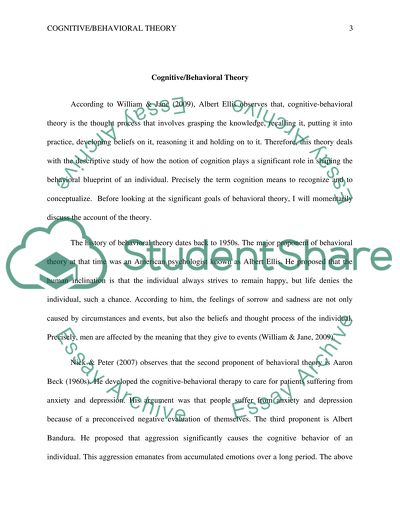Cite this document
(“Cognitive/Behavioral Theory Essay Example | Topics and Well Written Essays - 1250 words”, n.d.)
Cognitive/Behavioral Theory Essay Example | Topics and Well Written Essays - 1250 words. Retrieved from https://studentshare.org/psychology/1444438-cognitive-behavioral-theories-in-substance-abuse
Cognitive/Behavioral Theory Essay Example | Topics and Well Written Essays - 1250 words. Retrieved from https://studentshare.org/psychology/1444438-cognitive-behavioral-theories-in-substance-abuse
(Cognitive/Behavioral Theory Essay Example | Topics and Well Written Essays - 1250 Words)
Cognitive/Behavioral Theory Essay Example | Topics and Well Written Essays - 1250 Words. https://studentshare.org/psychology/1444438-cognitive-behavioral-theories-in-substance-abuse.
Cognitive/Behavioral Theory Essay Example | Topics and Well Written Essays - 1250 Words. https://studentshare.org/psychology/1444438-cognitive-behavioral-theories-in-substance-abuse.
“Cognitive/Behavioral Theory Essay Example | Topics and Well Written Essays - 1250 Words”, n.d. https://studentshare.org/psychology/1444438-cognitive-behavioral-theories-in-substance-abuse.


